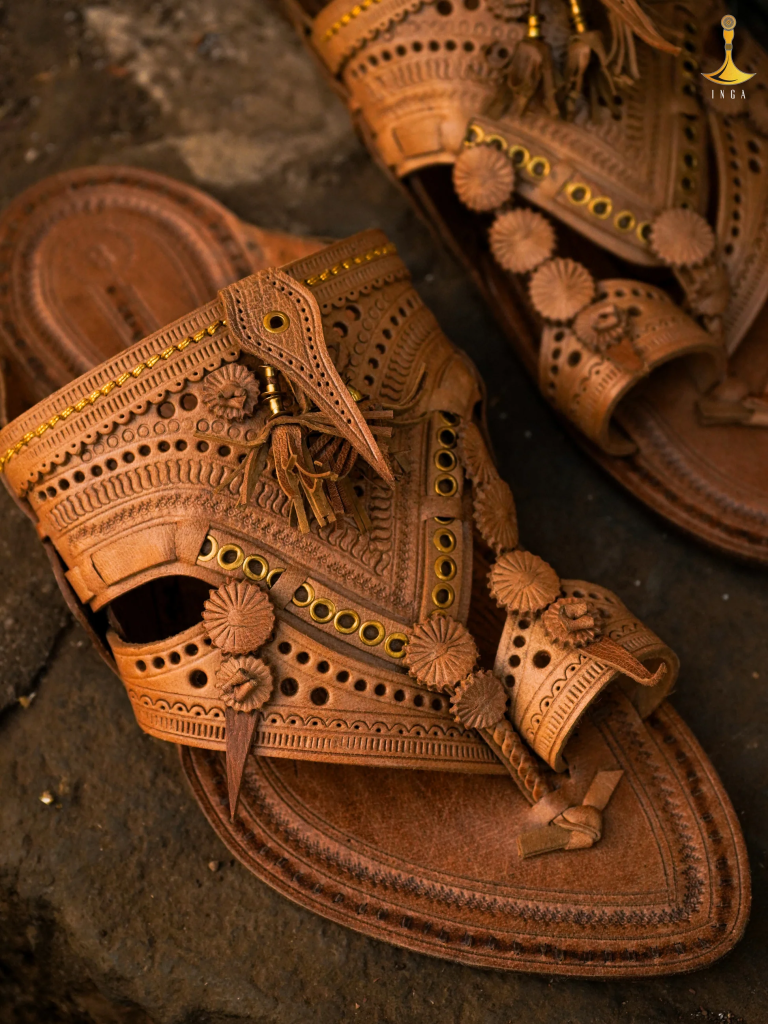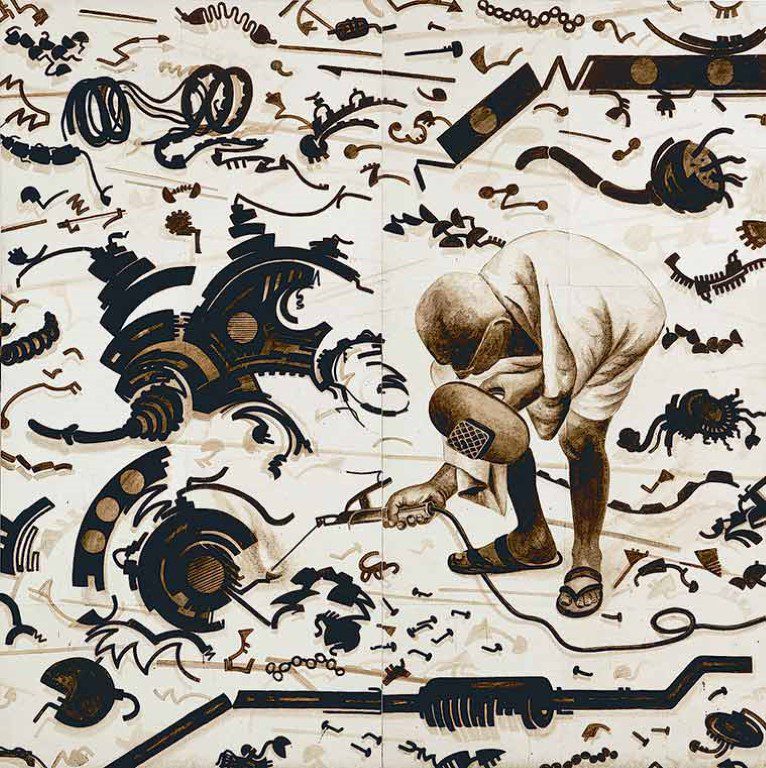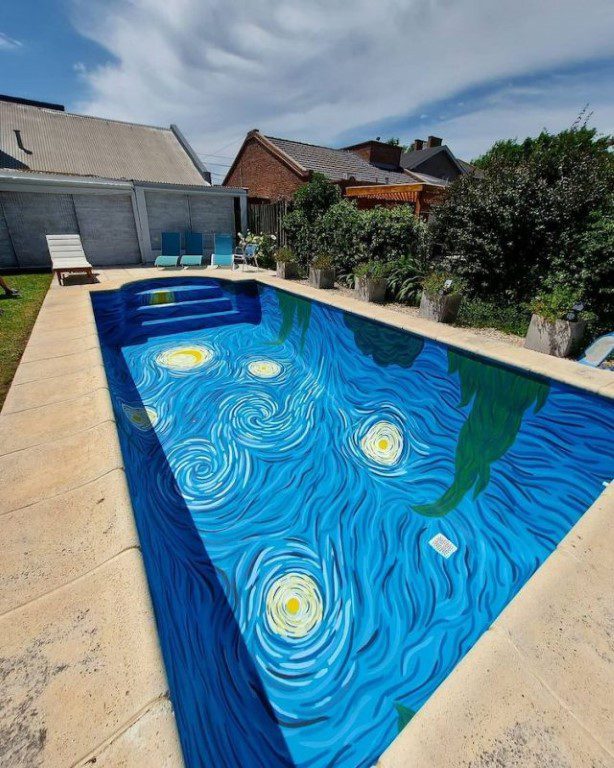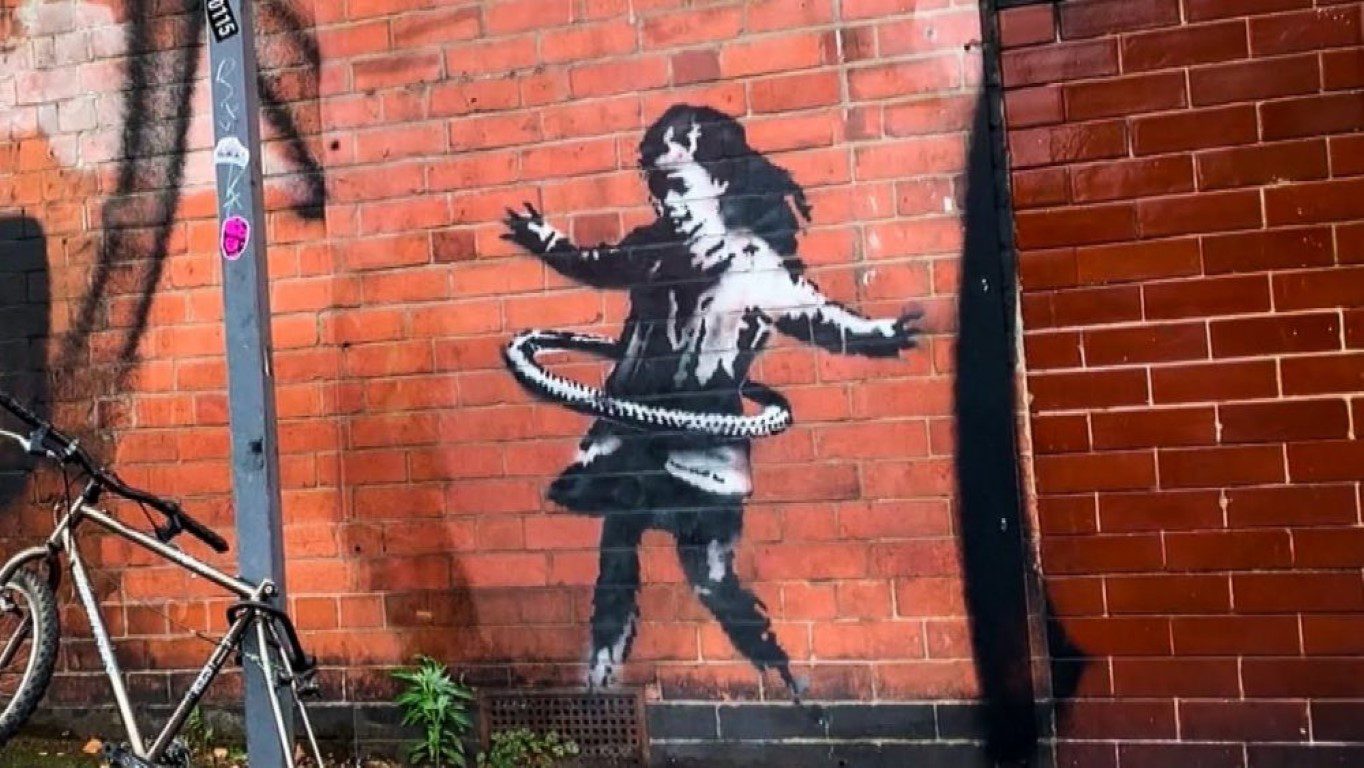Renowned Italian luxury brand Prada recently unveiled its Men’s Spring/Summer 2026 collection, which featured what it described as “leather flat sandals” priced at around ₹1.2 lakh. However, the design immediately caught the eye of many for its uncanny resemblance to Kolhapuri chappals the traditional handcrafted leather footwear deeply rooted in India’s cultural heritage. The open-toed leather sandals, showcased at Prada’s Milan show, sparked swift criticism across India for mirroring the iconic Kolhapuri chappals, which have been painstakingly crafted by artisans in Maharashtra and Karnataka for centuries all without any mention of the design’s cultural origins.
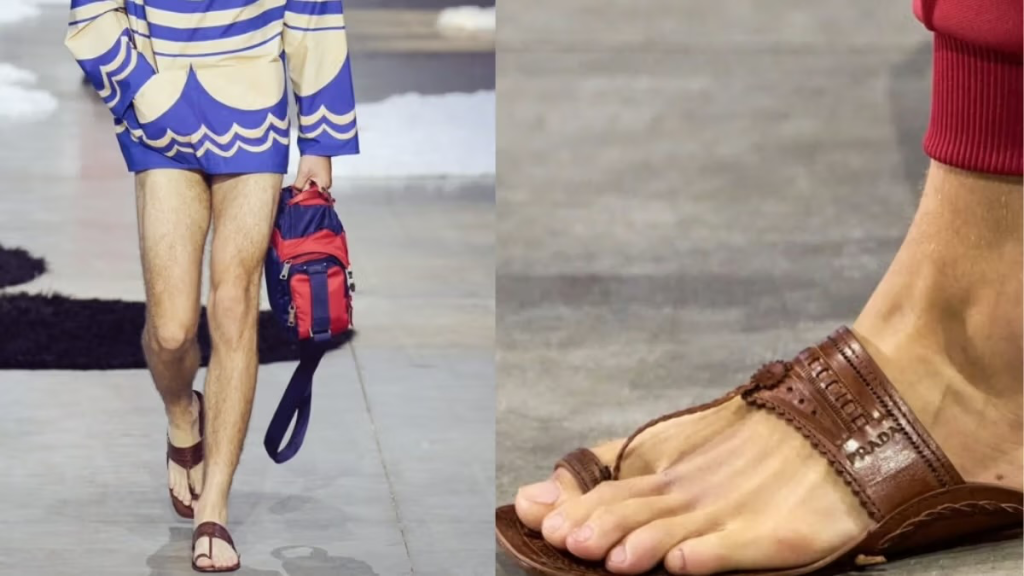
The backlash grew online, with many accusing Prada of cultural appropriation and profiting from traditional Indian craftsmanship without acknowledgment or credit. The anger intensified when it became clear that Indian artisans had not been credited for their inspiration.
In Kolhapur, many local artisans expressed disappointment over the luxury label’s use of their traditional design without proper recognition. “These sandals are made with the hard work of leather workers in Kolhapur. They should carry the name of Kolhapur. No one should profit off others’ labour without credit,” Kolhapuri artisan Prabha Satpute told BBC Marathi.
While original Kolhapuri chappals cost only a few hundred rupees in India, Prada’s version reportedly carries a hefty premium, although the brand’s website does not specify the price. Typically, similar sandals by Prada retail for £600 to £1,000 in the UK.
Despite the outrage, some in Kolhapur see a silver lining. “Artisans feel proud that their craftsmanship is being recognised globally,” Kolhapur-based businessman Dileep More told Reuters.
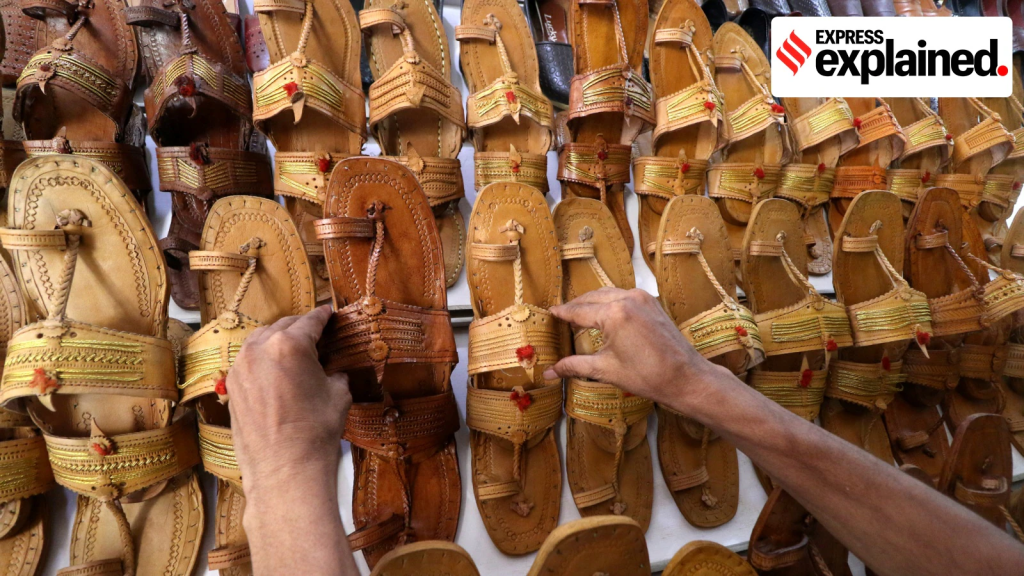
The Kolhapuri chappal is a world famous example of traditional Indian footwear that originated in Kolhapur, Maharashtra. These handmade leather sandals are tanned with vegetable dyes and have long been popular not only in rural Maharashtra but increasingly around the world. While the design is widely known as Kolhapuri, it is also referred to by different names including Kapashi, Paytaan, Kachkadi, Bakkalnali, and Pukari depending on where it’s made.
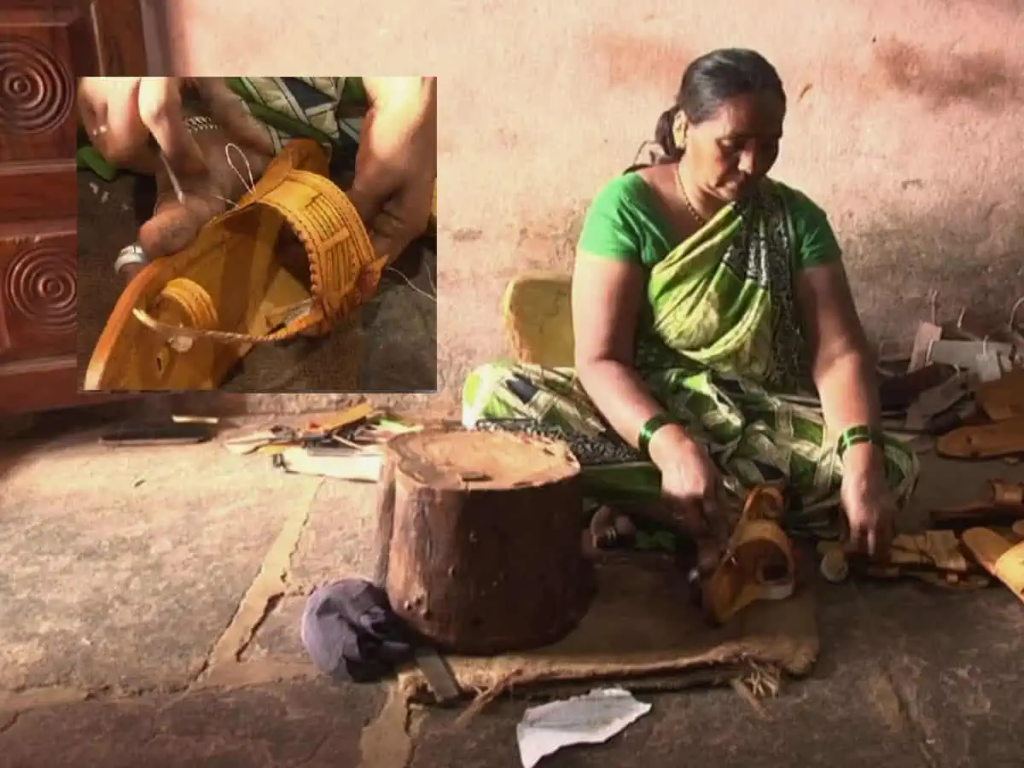
The roots of the Kolhapuri trace back as far as the 13th century, though historical accounts note that the Saudagar family formally developed the design around 1920. The earliest version, nicknamed “Chappal with ears” or “Kanwali,” featured two side flaps and a more delicate, intricately designed upper than today’s sturdier version.
By the 18th century, the Kolhapuri chappal had become immensely popular. When a pair was first sent to the well-known Mumbai store J.J. and Sons, it was so well received that repeat orders followed sparking booming demand in Bombay. Seeing this success, the Saudagar family expanded production by training other artisans in the craft. Locally known as “Pie-taan,” these open-toed, T-strap sandals dyed with natural vegetable colours soon spread beyond Kolhapur, finding new interpretations in nearby towns and cities while staying true to their centuries-old roots.
Featuring Image Courtesy: Holiday Golf
Contributor

